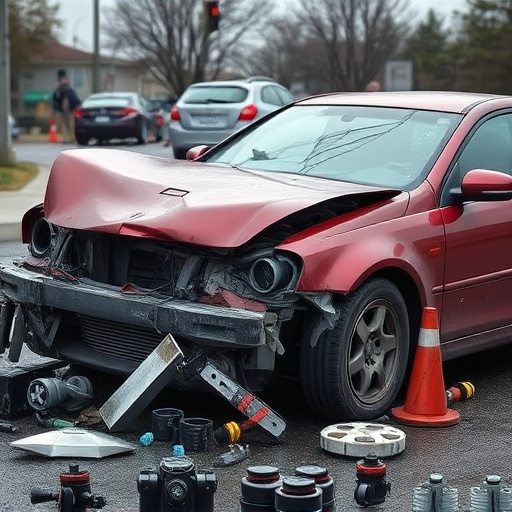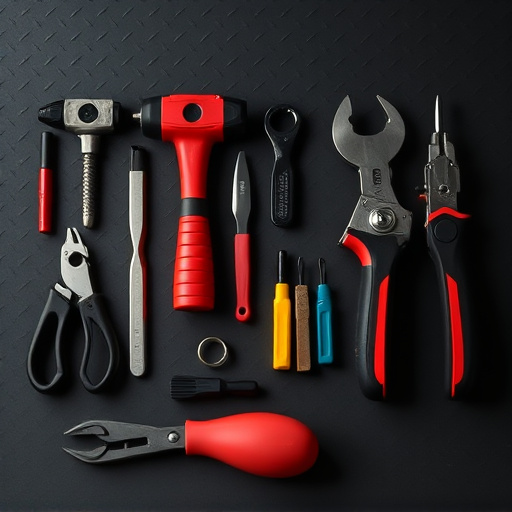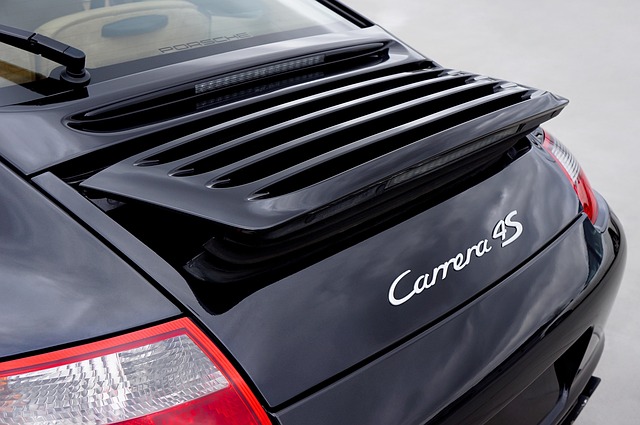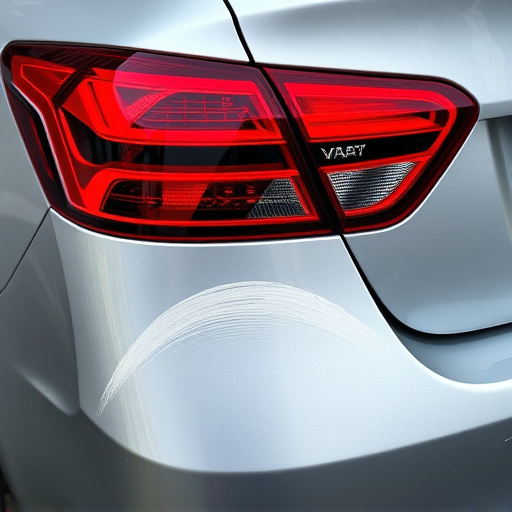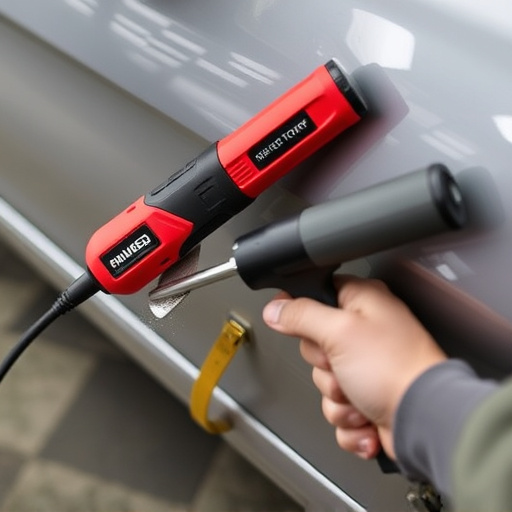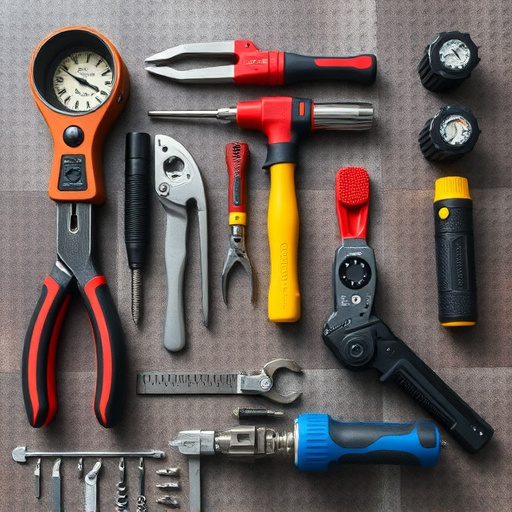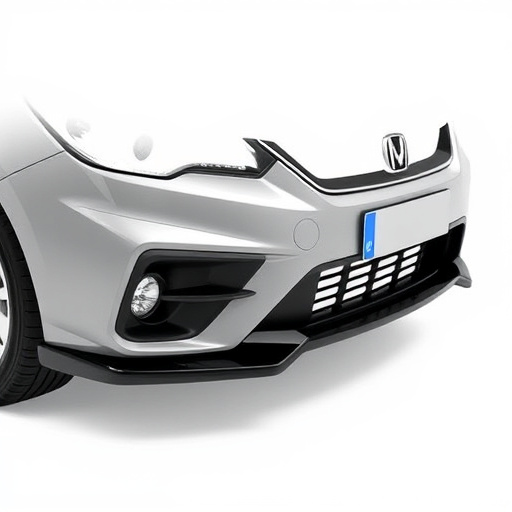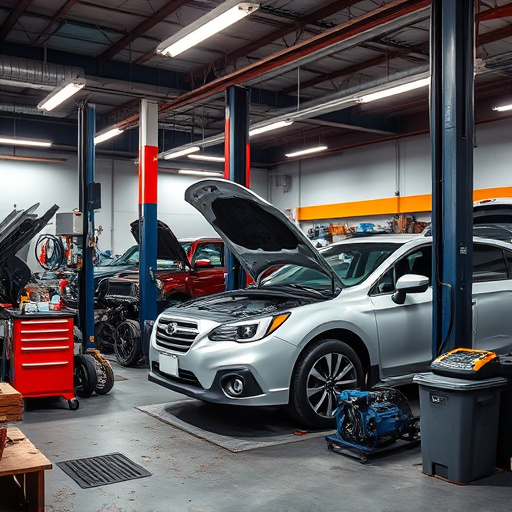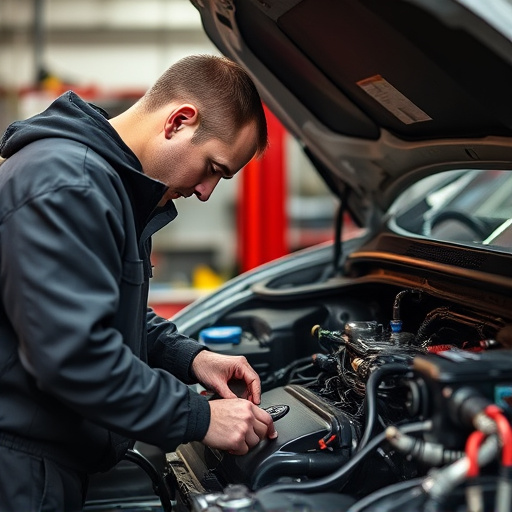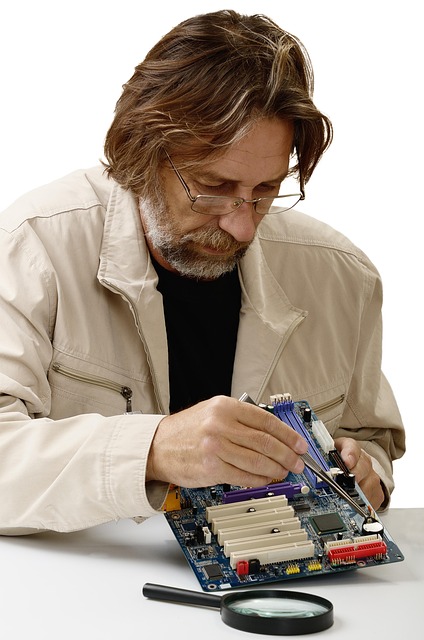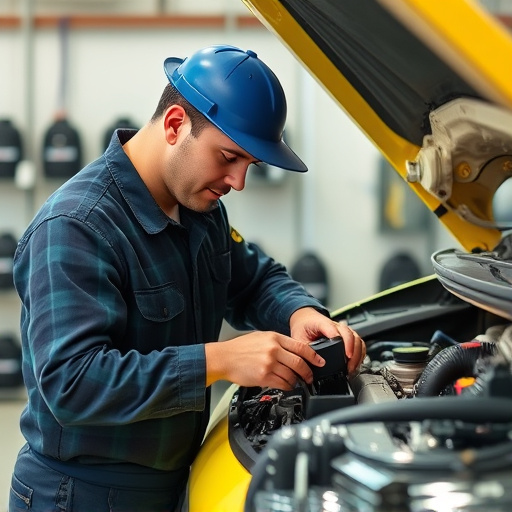During a heat shield replacement appointment, technicians conduct a thorough inspection, perform collision repair if needed, precisely install new shields, and rigorously test for flawless execution and enhanced safety. Prepare by gathering vehicle history documents, taking photos, cleaning your car, and contacting the body shop with questions. After replacement, proper care includes regular maintenance, vigilant damage checks, cleanliness, and periodic specialist inspections for optimal performance and reliability.
Looking forward to a smoother, safer drive? Understanding your car’s heat shield is key. This essential component protects vital engine components from damaging heat. If you’re scheduling a heat shield replacement, this guide is for you. From deciphering the process and preparing for your appointment, to post-replacement care, we cover everything you need to know to ensure a successful and hassle-free experience. Get ready to stay cool and on the road!
- Understanding the Heat Shield Replacement Process
- What to Prepare Before Your Appointment
- Post-Replacement Care and Maintenance Tips
Understanding the Heat Shield Replacement Process
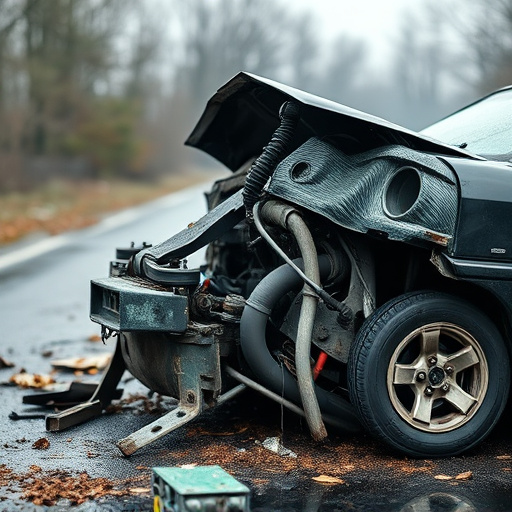
During a heat shield replacement appointment, you can expect a structured process designed to ensure your vehicle’s safety and performance standards. The initial step involves a thorough inspection where technicians assess the condition of the existing heat shield, identifying any damage caused by wear, corrosion, or previous heat shield replacement attempts. This meticulous evaluation is crucial in understanding the extent of the repair required.
Once the inspection is complete, the experts will proceed with the actual vehicle collision repair (in case of damage), meticulously removing the old heat shield and preparing the surface for installation of the new one. They’ll then fit the replacement part, ensuring it aligns perfectly and securely. This involves precise measurements and careful handling to maintain the vehicle’s structural integrity. The final step includes rigorous testing to guarantee that the collision repair services have been executed flawlessly and that your car is ready to hit the road again with enhanced safety features.
What to Prepare Before Your Appointment

Before your heat shield replacement appointment, prepare by gathering all necessary documents related to your vehicle’s history, including service records and any previous collision repair work. It’s also a good idea to take photos of the affected area as a reference point for the car bodywork services you’re receiving. Ensure your vehicle is clean and free from debris to allow for an accurate assessment during the appointment.
Check your calendar and plan accordingly, leaving ample time for travel and any potential delays. Remember, the goal of this visit is to address heat shield issues promptly, so being well-prepared will ensure a smoother process. Consider reaching out to your chosen body shop services provider beforehand if you have specific questions or concerns regarding the heat shield replacement procedure.
Post-Replacement Care and Maintenance Tips
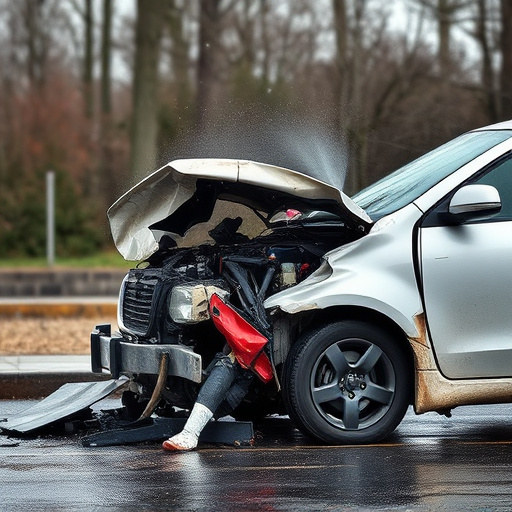
After your heat shield replacement appointment, proper care and maintenance are essential to ensure the longevity of the new component and the overall condition of your vehicle. Here are some post-replacement tips to keep in mind: Regularly inspect the area for any signs of damage or wear, as heat shields play a crucial role in protecting your car from road debris and extreme temperatures. Keep an eye out for cracks, dents, or any unusual markings, and address these issues promptly by contacting your trusted car body shop.
Maintaining a clean and well-maintained vehicle is vital. Wash your car regularly, focusing on the areas around the heat shield to prevent dirt and grime buildup. Remember, a clean heat shield ensures optimal performance and prevents any potential blockages that could affect your vehicle’s overall efficiency. Additionally, consider scheduling periodic checks with a collision repair specialist to ensure everything remains in order, especially if you frequently drive in harsh weather conditions.
When replacing your vehicle’s heat shield, a proactive approach ensures a smoother process. By understanding the procedure, preparing in advance, and implementing post-replacement care, you can expect optimal performance and extended lifespan for your heat shield. Remember, timely maintenance, such as regular heat shield replacement, is key to keeping your vehicle running efficiently and safely.
